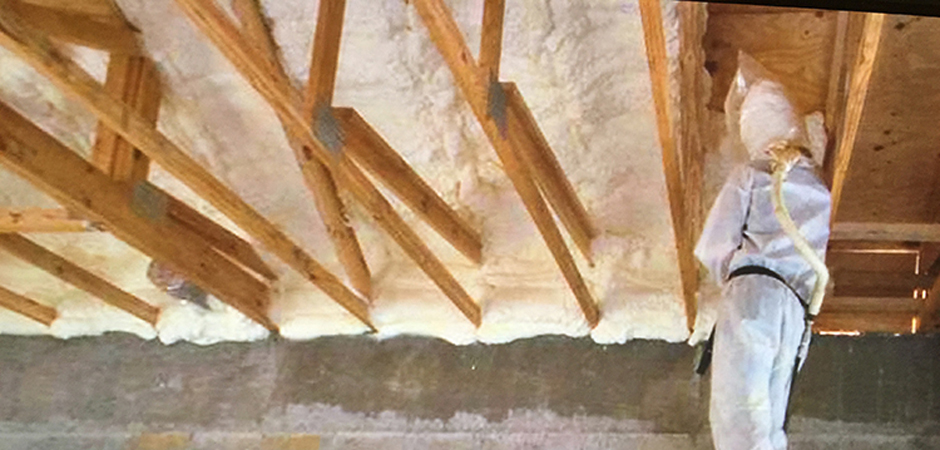Batt insulation is a popular and versatile choice for keeping your home comfortable and energy-efficient. Made from flexible blankets of fibers, it comes in various thicknesses and materials to suit your needs. Here’s a breakdown of batt insulation to help you decide if it’s right for your next home improvement project.
What is Batt Insulation?
Batt insulation is pre-cut fiberglass or mineral wool insulation that comes in flat sections. They are ideal for fitting snugly between wall studs, floor joists, and attic rafters. Batt insulation usually has a facing on one or both sides, which acts as a vapor barrier to help prevent moisture from accumulating in your walls. Facings can be made from kraft paper, aluminum foil, or a combination of both.
Benefits of Batt Insulation
- Thermal Performance: Batt insulation slows heat transfer, keeping your home warm in the winter and cool in the summer. This translates to lower energy bills and a more comfortable living environment.
- Sound Control: The fibrous nature of batt insulation helps absorb sound, reducing noise transmission between rooms and from outside.
- Fire Resistance: Some batt insulation types, particularly stone wool, offer excellent fire resistance, providing an extra layer of safety in your home.
- Easy Installation: Batt insulation is relatively easy to install, especially for DIYers. They come pre-cut to standard stud and joist sizes, and can be trimmed with a utility knife for odd spaces.
Types of Batt Insulation
- Fiberglass: The most common and affordable type of batt insulation. It offers good thermal performance and is readily available. However, fiberglass can be irritating to the skin and eyes during installation, so wear protective gear.
- Mineral Wool: Made from volcanic rock or slag, mineral wool is a fire-resistant and sound-absorbing batt insulation option. It’s more expensive than fiberglass but may be a good choice for specific applications.
Choosing Batt Insulation
The R-value is a crucial factor when selecting batt insulation. R-value indicates the insulation’s ability to resist heat flow. Higher R-values mean better insulation. The recommended R-value for your home will depend on your climate zone. Local building codes may also specify minimum R-values for insulation.
Batt insulation is a cost-effective and efficient way to improve your home’s comfort and energy savings. When choosing batt insulation, consider the R-value, material type, and facing to ensure you get the best performance for your needs.
Additional Tips
- Always wear gloves, safety glasses, and a long-sleeved shirt when handling batt insulation.
- Ensure a snug fit to maximize insulation effectiveness. Gaps around the batts will compromise performance.
- Batt insulation is not suitable for insulating around recessed lighting or electrical wires.
- Consult a professional if you are unsure about any aspect of batt insulation installation.

